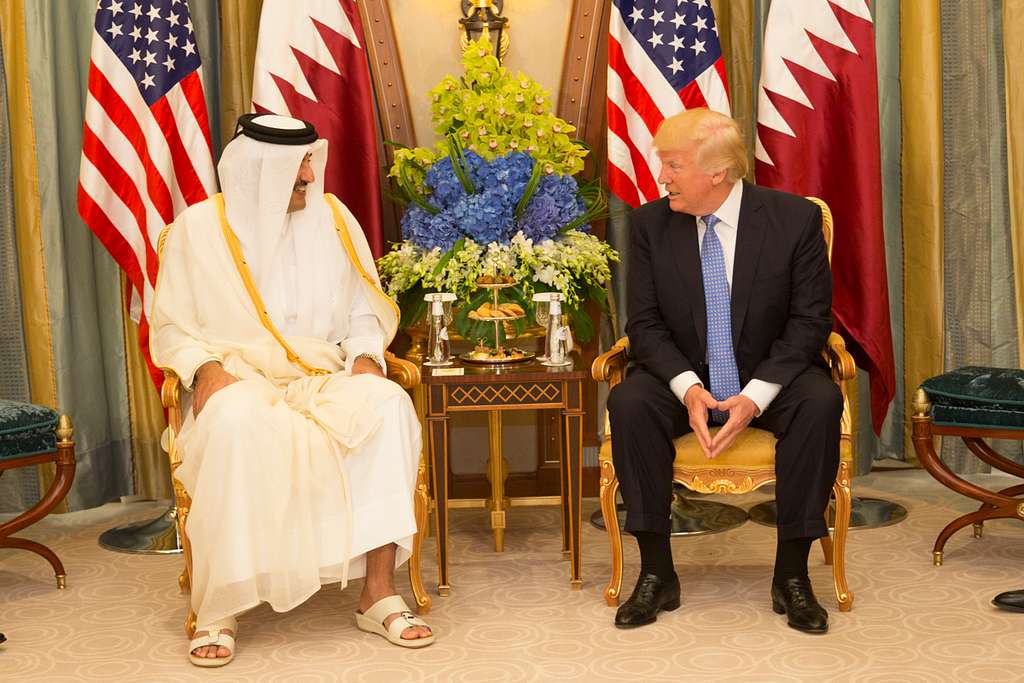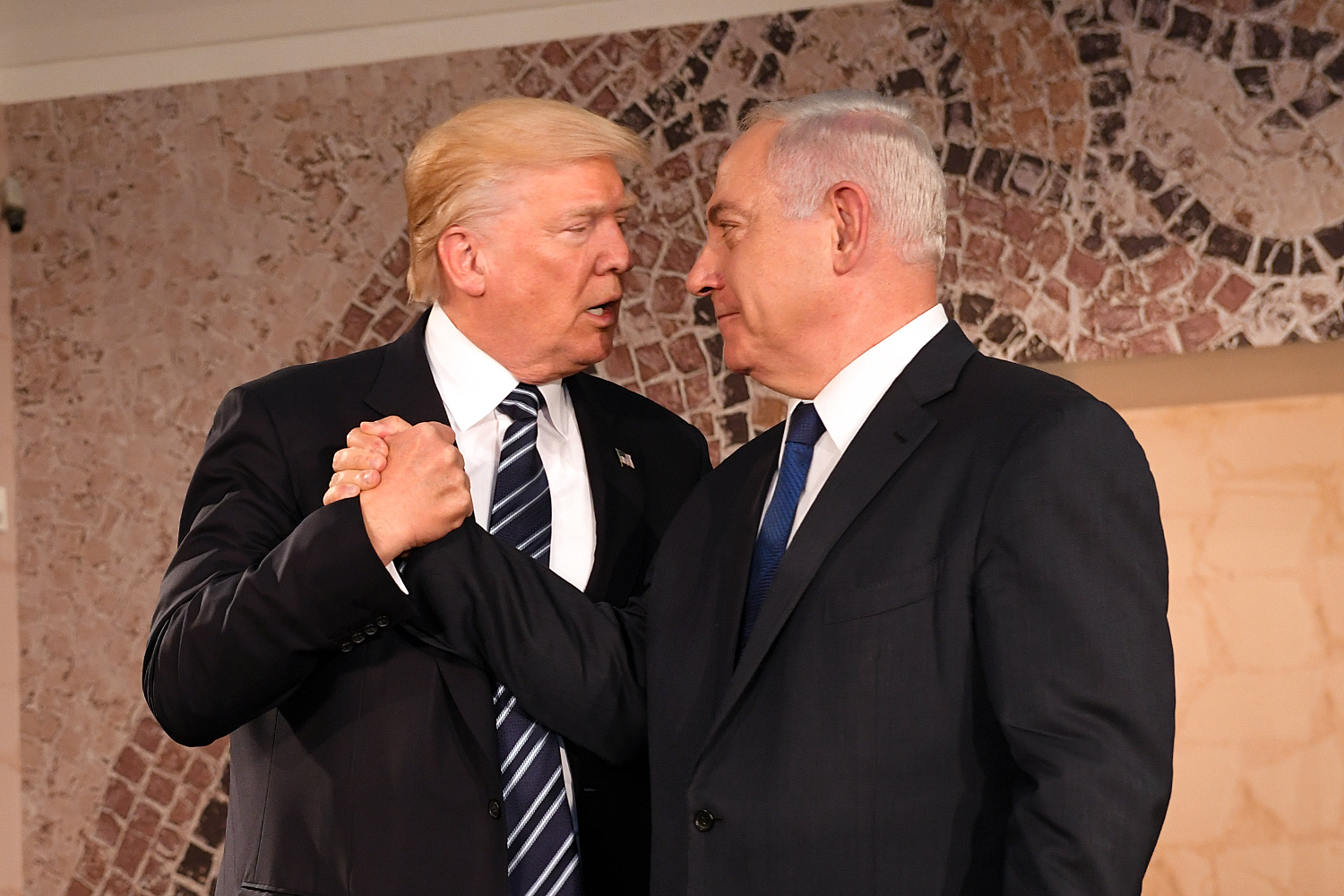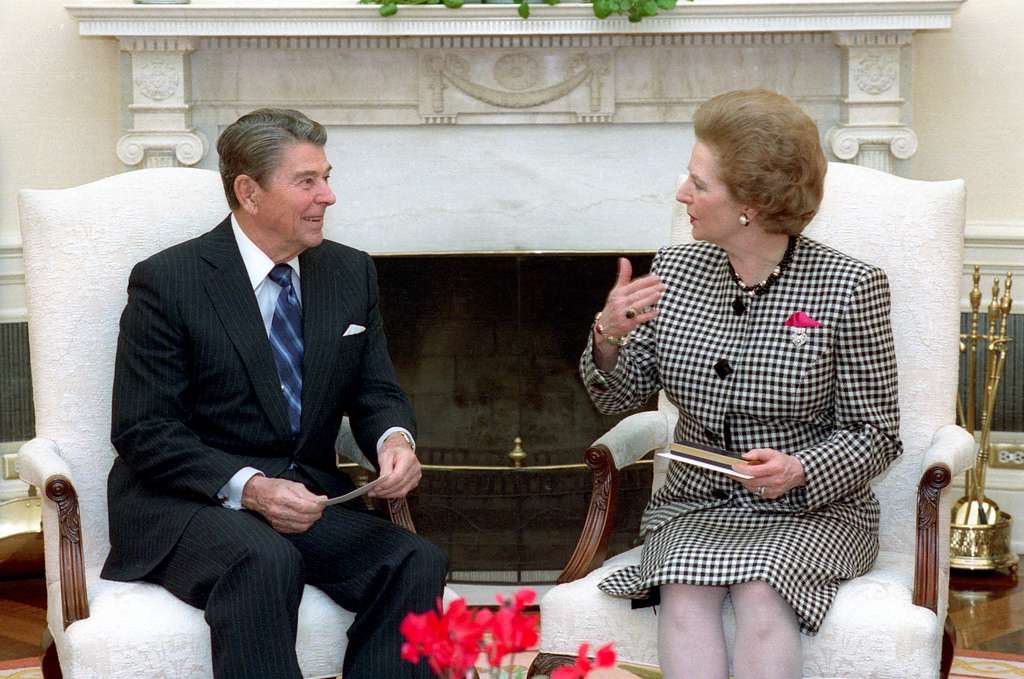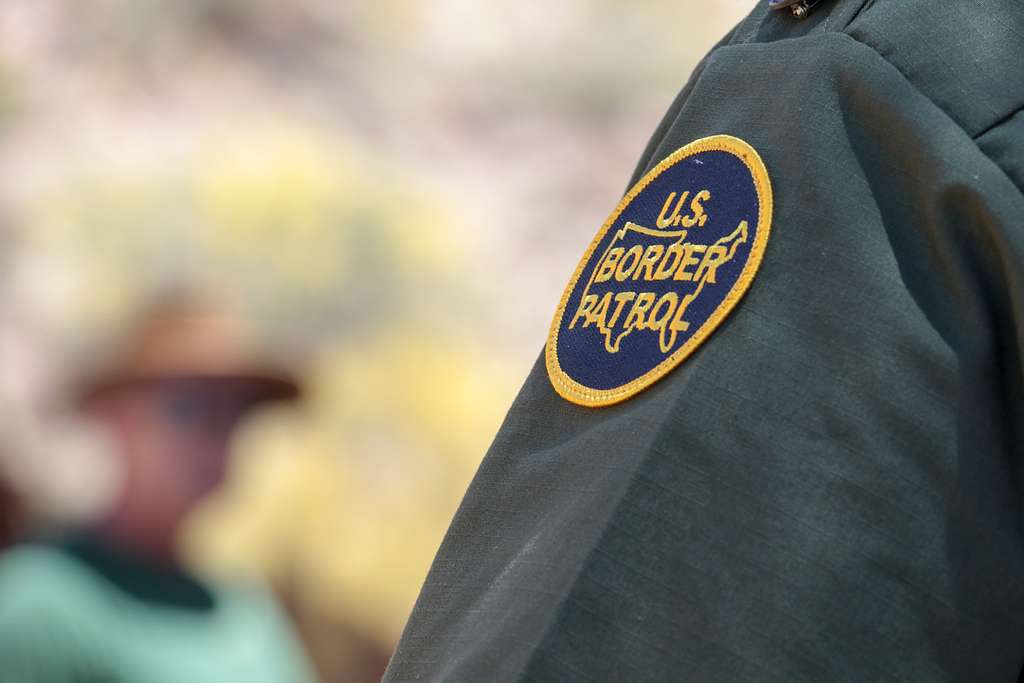President Donald Trump has announced a 90-day freeze on select tariffs exceeding 10% for most U.S. trading partners, even as his administration raised duties on Chinese imports from 104% to 125%—marking a sharp escalation in the ongoing trade war with Beijing.
The move, intended to provide temporary relief to U.S. markets, triggered a massive rally across the tech sector. The Nasdaq surged 8%, with major firms like Apple, Nvidia, Tesla, Microsoft, and Alphabet all posting double-digit gains. Wall Street responded to the tariff pause as a signal of easing tensions—despite the targeted hike against China.
The White House characterized the 90-day pause as a strategic “reset” aimed at securing better deals. However, the tariff hike against China, which affects hundreds of billions in goods, makes clear that the broader confrontation is far from over.
China swiftly responded by raising its own tariffs on U.S. goods to 84% and imposing new restrictions on 18 American firms. Officials in Beijing accused Washington of “economic sabotage disguised as negotiation.”
Australia rejected an offer from China to coordinate opposition to the U.S. tariffs, signaling a reluctance to deepen trade entanglements. European allies, though not directly targeted by the new measures, have expressed concern over the global market impact.
Goldman Sachs estimates the 125% tariff could shave nearly 3% off China’s GDP. U.S. bond markets also showed resilience, with a successful $39 billion Treasury auction calming fears of financial instability.
Despite the positive market reaction, analysts say the U.S.–China trade confrontation has entered a new and more volatile phase, with Trump’s administration alternating between short-term easing and aggressive escalation.
For now, global markets remain optimistic—but the fundamental conflict between the world’s two largest economies is only deepening.
Author
Discover more from The Crustian Daily
Subscribe to get the latest posts sent to your email.













